The latest production run will see the cost of the F-35 fall with the cost of the F-35A falling below $100m in addition to significant decreases in the cost of the other two variants, the F-35B and F-35C.
According to a press release:
“The price reduction for the air vehicle was 8 percent and when adding in engine and fee, the overall total jet reduction is 7 percent.
This is the largest F-35 contract ever for 90 jets, a more than 40 percent increase from LRIP 9 for 57 jets.”
The US Department of Defense and Lockheed Martin have reportedly reached an agreement in principle on the lowest priced F-35 run to date marking the first time the price for an F-35A has fallen below $100M.
Known as Low-Rate Initial Production Lot 10 (LRIP-10), the contract is for 90 aircraft and represents more than a 60 percent price reduction for the F-35A variant since the first LRIP-1 contract.
The F-35B and F-35C variants price were also substantially reduced. In total the Lot 10 contract represents a $728 million reduction when compared to Lot 9.
Lt. Gen. Chris Bogdan, F-35 Program Executive Officer said:
“The LRIP-10 contract is a good and fair deal for the taxpayers, the U.S. Government, allies, and Industry. We continue to work with Industry to drive costs out of the program.”
Lockheed Martin describe the F-35 in the following way:
“The supersonic, multi-role F-35 represents a quantum leap in air dominance capability. It combines next generation characteristics of radar evading stealth, supersonic speed, and fighter agility with the most powerful and comprehensive integrated sensor package of any fighter aircraft in history.
The F-35 is unmatched in its capability by any other tactical fighter aircraft in the world delivering unprecedented lethality and survivability.”
It’s understood that the F-35A variant comprises approximately 85 percent of the programme. We understand that the F-35A unit price in LRIP-10, including aircraft, engine and fee, is roughly seven percent lower than the previous LRIP-9 contract.
Over the past two procurement lots (LRIP-9 and 10), the price of the F-35A has dropped 12 percent.
Jeff Babione, Lockheed Martin F-35 Vice President and General Manager said:
“With initiatives like Blueprint for Affordability and the natural learning curve, we are substantially bringing the cost of each aircraft down and at the same time the F-35 program will continue to add thousands of additional jobs to the U.S. economy as we increase production year over year.”
Lockheed Martin say that in addition to procuring the air vehicles, this contract funds manufacturing-support equipment and ancillary mission equipment. Deliveries of 90 aircraft begin in early 2018.
“To date, more than 200 operational F-35s are operated by eight different nations including Australia, Italy, Israel, Japan, Netherlands, Norway, United Kingdom and United States. In total, the F-35 program today plans to produce more than 3,000 aircraft with approximately 600 of those aircraft presently planned to be procured by our international allies.”
F-35 Low Rate Initial Production 10 (LRIP 10):
· 44 F-35A for the U.S. Air Force
· 9 F-35B for the U.S. Marine Corps
· 2 F-35C for the U.S. Navy
· 3 F-35B for UK
· 6 F-35A for Norway
· 8 F-35A for Australia
· 2 F-35A for Turkey
· 4 F-35A for Japan
· 6 F-35A for Israel
· 6 F-35A for South Korea
Lockheed Martin tell us that the Lot 10 contract represents a $728 million reduction in total price when compared to Lot 9.
The approximate per variant unit prices, including jet, engine and fee are as follows:
· F-35A: $94.6 million (7.3% reduction from Lot 9)
· F-35B: $122.8 million (6.7% reduction from Lot 9)
· F-35C $121.8 million (7.9% reduction from Lot 9)


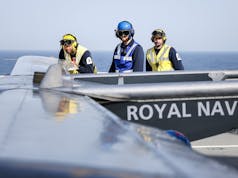
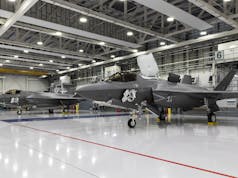
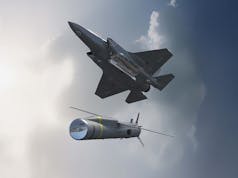

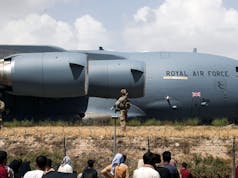

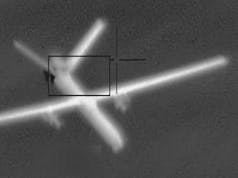
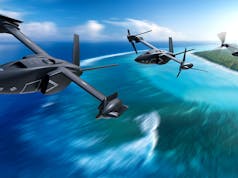
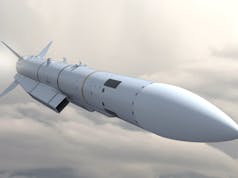
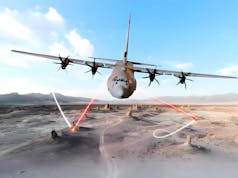

Still a massive difference between the As & the Bs/Cs.
It looks compelling for the UK ordering some ‘As’.
Absolutely. Let the 138 UK buy be split with numbers agreed between the RAF and RN but with former getting F-35As and the latter the F-35Bs. No other carrier equipped country splits aircraft between their Navy and Air Force like we do. I never understood why we scrapped the FAA and went down this road. I can only imagine it was due to the bean counters at the Treasury exacting more savings from the MoD……
Stop dreaming….. the Joint Lightning Force is here to stay no matter how many F35Bs we buy, or even if we move into the F35A later. Its a negative and energy wasting effort which detracts from reality.
The trouble is that 138 number seems to be the number of aircraft to be bought over the entire in-service time for F35 so we’ll never own anywhere near that many all at once. I think Typhoon stood up the first squadron in 2007 and they’re talking about the RAF running Typhoon up to 2040 now which is 33 years after the first operational squadron was stood up. That puts F-35 out-of-service date at about 2052 if it has the same life as Typhoon (first squadron due to go operational in 2019 I believe) so many of those 138 will be replacements coming in 15 or 20 years time as old planes are retired.
On current numbers 48 active aircraft might well be the best we’re going to get at any given time so shifting any of those to F-35A really does leave the carriers with far to little to deploy if some sort of heavy war-time carrier deployment is required. If we got extra funding then sure, it would make sense for RAF to get 25% more bang for the buck with F-35A, but with current budget constraints we can’t afford to reduce available F-35B numbers below the 48 currently planned.
They RN will need 96 F35B’s available for the two carriers in surge so 48 will be the standard compliment for both with a dozen helicopters each. So you have to account for spares and what not. 138 is not and unreasonable amount for the FAA..
Agree get say 96 f35bs (48 for fleet air arm) rest for RAF then rest of fleet f35As the cost difference of As vs Bs should enable a slightly larger fleet of more than 138 jets for the life of the programme.
the key point for me is that the fleet air arm regains independence from the RAF and therefore freedom to prioritise deployments on the QE carriers and the protection of the RN fleet.
138 F35B’s are needed for the FAA If the RAF want F35A’s They’ll have to find the budget for them..
I was expecting us to be getting a few more than three aircraft in the next lot if 617 Squadron is supposed to be standing up in 2018. Last I heard we had eight jets, though whether they are all for training or some will form part of the first operational squadron I have no idea.
Anyone know how lots a year they build at all?
Of course that should read does anyone know how many lots they build a year (I blame my keyboard)
One production lot per year.
What was strange with lot-9 & lot-10 being announced so close to each other was that lot-9 negotiations over-ran by a year.
This caused an issue earlier in 2016 when Lockheed were building Lightnings with no lot-9 agreement in place.
Aside from that anomaly though there has been 1 production lot per year.
3 more for the UK. Whoopee, that’s makes a grand total of 11.
Australia is buying them at twice the rate.
Don’t forget the united states are only getting 9 f35 b jets in LOT 10..The UK is still on target for 42 jet’s by 2023..
Chill out Ron aww lol
For reference F35B was the RAF’s choice. Just like the Harrier before it F35B allows for Austere Basing. This concept used during the cold war and the Falklands, it allows for our warplanes to be hidden yet fully operational. It limits the ability for an enemy to target our air bases, and allows forward basing very near to our troops.
F35A or C do not offer this flexibility.